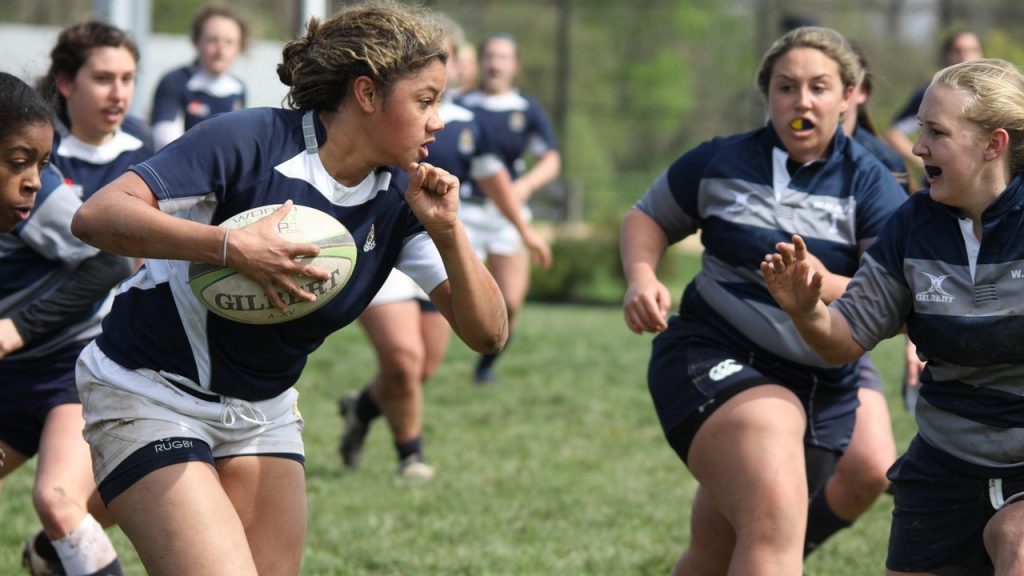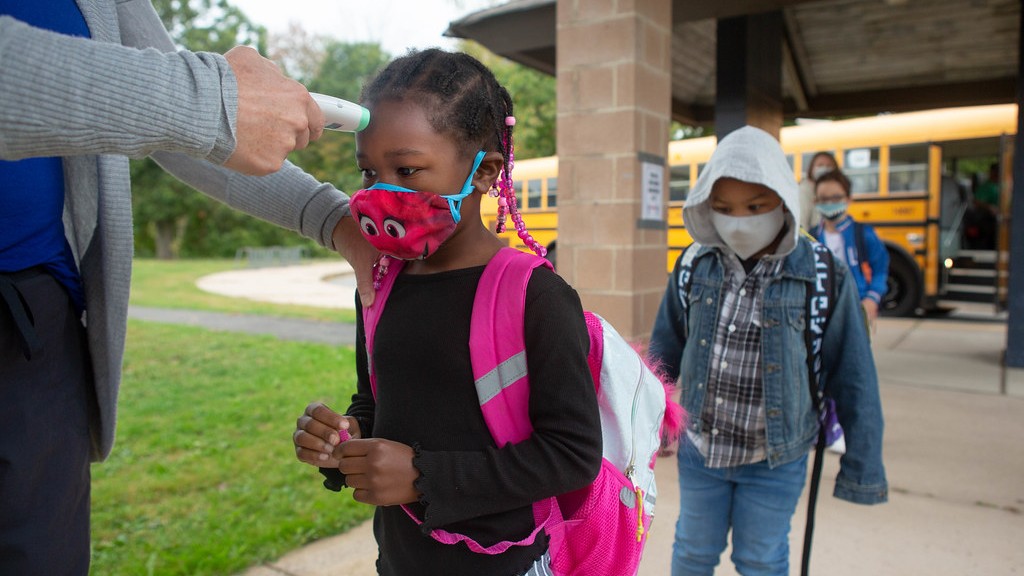How Schools Can Advocate For More School Sports Participation
School leaders and officials are advocating school sports in new innovative ways to attract more students back in.

Less than 2 in 5 students are now participating in school sports. Many youth athletic clubs are scrambling to figure out how to bring students back to the playing field. Some blame the pandemic, others are blaming economic hardship or other factors, but the main issue is that children are less involved in group activities than in previous years. Many schools are wondering, how can they encourage students to join a team?
The current economic climate is taxing families at high rates. The cost of gas, food, and clothing alone have skyrocketed. In addition, pandemic protocols left students isolated and enthusiastic about school. Sports teams were canceled or limited, and once in-person learning was allowed, school sports clubs implemented potentially dangerous mask requirements, social distancing rules, and even vaccination requirements. Families which opposed these forms of regulation often quit. Plenty left the public education system altogether.

Now it is being reported that student’s mental health issues and physical needs are not being properly considered on the playing field. Students are still struggling through the long-term effects of government-imposed pandemic restrictions. Youth suicide attempts skyrocked last year, and a return to normalcy seems to be still far off as many students are suffering from delays in communication skills.
Despite this, school sports were declining before the pandemic. In 2019 it was reported that high school sports, in particular, declined for the first time in decades. Football in itself was one of the main sports that suffered. Whether this was due to identity politics being inserted on and off the field after movements to kneel during the National Anthem took off is unclear, or the safety of the sport itself was causing enough concern to contribute to this is unknown, but what is clear is that interest in school sports has waned.
So how can school sports rebound? Many believe they already are. In North Carolina, youth athletics programs are starting to see improvements from sharp drops, but the comeback is not gaining as many points as many coaches wish to see. This is attributed to the fact that COVID restrictions are being lifted and students are slowly regaining a sense of normalcy.

In addition, numerous states have passed bills restricting practices and teachings that favor biased political ideologies — specifically regarding racial bias. Plenty of areas have also implemented transgender school sports bans which require students to play on school sports teams based on their biological sex instead of their gender identity. Even so, this may not be enough to bring players back as families struggle to make ends meet and focus more on basic needs, but this places more burden on children who have been isolated for long periods of time.
Schools which advocate sports participation and rewarding personal achievement over total competition domination may be able to offer students a stronger sense of self and community. Some parents wonder if this will be just a new version of practices that reward children with participation trophies instead of making them work for their accolades, but this depends on the approach. Many students aren’t even aware of all the school clubs that exist, and so publicizing these opportunities to draw more interest in itself has the power to pull interest. Other school sports teams are offering trendy merchandise to reach more students.
Student involvement in school sports may be able to rebuild community connections, and benefit overall mental health if each participant is allowed to set personal goals while also rebuilding a sense of community. Instead of focusing on why students left, many teachers and coaches are taking a different approach, spreading the word, and working to make sports fun again. It’s a new tactic that could make or break countless teams.



